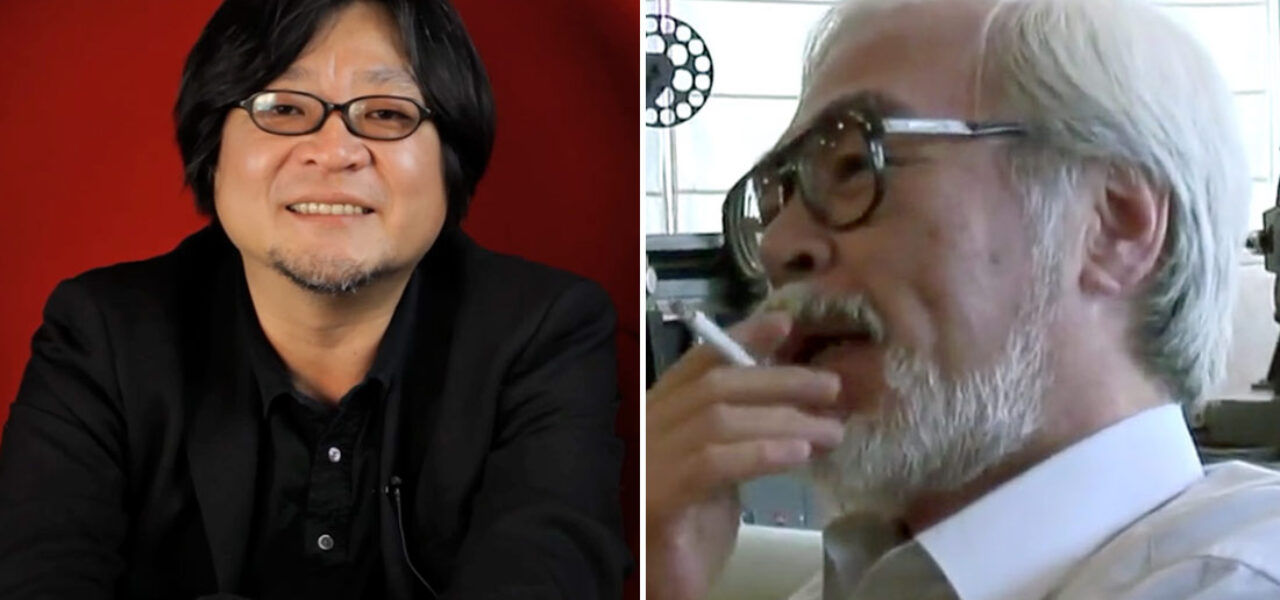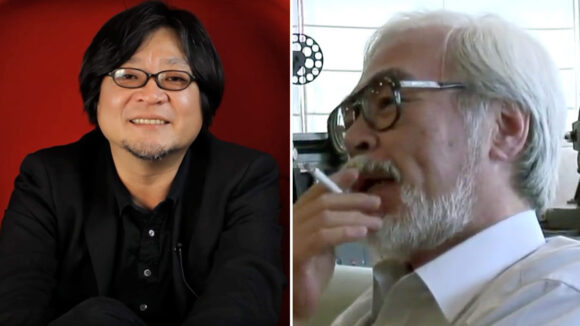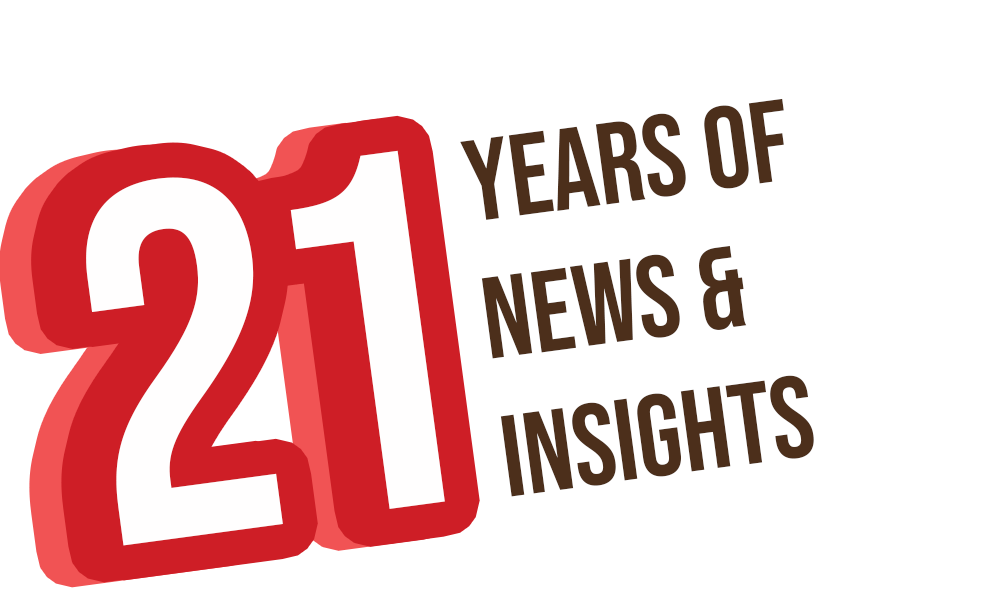

Mamoru Hosoda Says Hayao Miyazaki “Does Not Have Confidence In Himself As A Man”
As he received plaudits at Cannes for his latest film Belle, Mamoru Hosoda, 53, vented frustrations about anime’s treatment of women, particularly Hayao Miyazaki’s depiction of young women and girls in his films.
Speaking to Agence France-Presse (AFP) at the festival, Hosoda said, “I will not name him, but there is a great master of animation who always takes a young woman as his heroine. And to be frank I think he does it because he does not have confidence in himself as a man. This veneration of young women really disturbs me and I do not want to be part of it.”
While Hosoda did not specifically name Miyazaki, AFP makes clear in its piece (as well as on Twitter) that Hosoda is referencing Miyazaki.
Hosoda went further to say that, unlike Miyazaki, he does not view women as symbolic figures of virtue and innocence because that plays into Japanese society’s view of women, or “this oppression of having to be like everyone else.”
While Miyazaki may be the most prolific offender of Hosoda’s criticisms, he added that the problem is widespread in anime. “It really annoys me to see how young women are often seen in Japanese animation — treated as sacred — which has nothing to do with the reality of who they are.”
The two filmmakers have a complex history. Hosoda was inspired to enter animation after studying the sketches for The Castle of Cagliostro, Miyazaki’s first feature as director. He was later hired by Studio Ghibli to direct Howl’s Moving Castle, but left the project over creative differences and was replaced by Miyazaki. He has since found fame through his own Studio Chizu (Wolf Children, Mirai), and is one of the clutch of filmmakers routinely touted as the heir to Miyazaki.
Belle draws on the story of Beauty and the Beast, but makes significant changes. “In the original story the Beast is the most interesting character,” Hosoda told AFP. “He is ugly and has this violence but he is sensitive and vulnerable inside too. Beauty is just a cipher. It is all about her looks. I wanted to make her as complex and rich.”
With Belle, which tells the story of a teenage girl, Suzu, who takes on the identity of a pop star in a vast virtual world, Hosoda worked consciously to craft a message for his young daughter that would be a salve for the dystopian views of technology that permeate films like Steven Spielberg’s Ready Player One.
Today’s children “have grown up with the net … yet are constantly told how malevolent and dangerous it is,” he said, noting that this can be particularly damaging for girls. “Human relations can be complex and extremely painful for young people. I wanted to show that this virtual world, which can be hard and horrible, can also be positive.”

.png)